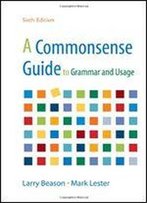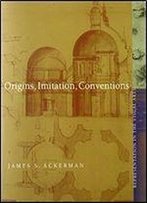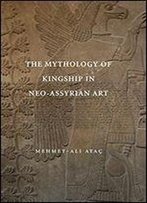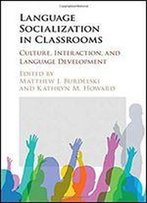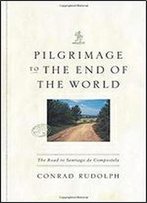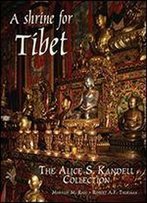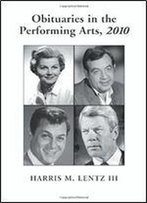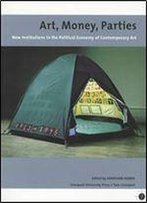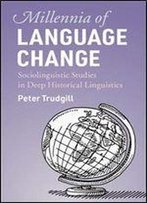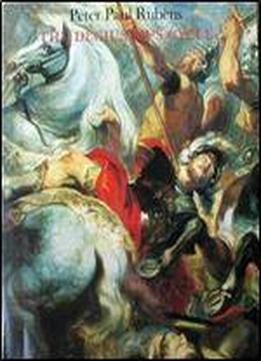
Peter Paul Rubens: The Decius Mus Cycle
by Reinhold Baumstark /
2013 / English / PDF
31.5 MB Download
The sequence of paintings on the history of the Roman consul Decius Mus, which has been one of the greatest glories of the Liechtenstein collection since its acquisition in 1693, occupies a significant position in the work of Peter Paul Rubens (Flemish, 15771640). In it the artist uses for the first time the cycle formthat is, the narration of a story through a series of paintings. The development of a sequence of monumental works with abundant imagery and forceful visual impact had a great attraction for Rubens. Again and again he turned his artistic energy to creating cycles, the foremost being the huge paintings celebrating the life of the French queen Maria de' Medici (Louvre, Paris). The Decius Mus cycle is a seminal force in Rubens's career in yet another sense. It is one of the earliest works in which he presented an episode from Roman history here he made one of his first forays into classical antiquity, a domain that later inspired some of his most important paintings. Rubens himself can be understood only in the context of his extensive classical education. As a member of a circle of humanists around Justus Lipsius, the great master of classical philology and Neostoical philosophy, Rubens was well acquainted with antique thought, literature, and art, regarding as preeminent the authority of these ancient thinkers. The Decius Mus cycle also represents the artist's debut into tapestry design. These larger paintings were not planned as autonomous works of art instead, the canvases were composed as cartoons, designs that were followed by the weavers as they transformed the master's compositions into tapestries. The Decius Mus cycle was a successful debut for Rubens into the field of tapestry weaving, a time-honored art that was developed in his native Flanders and later spread throughout Europe. Other Flemish artists, especially Jacob Jordaens, followed Rubens's example, thus reaffirming Flanders as the center of tapestry weaving in seventeenth-century Europe.
s
